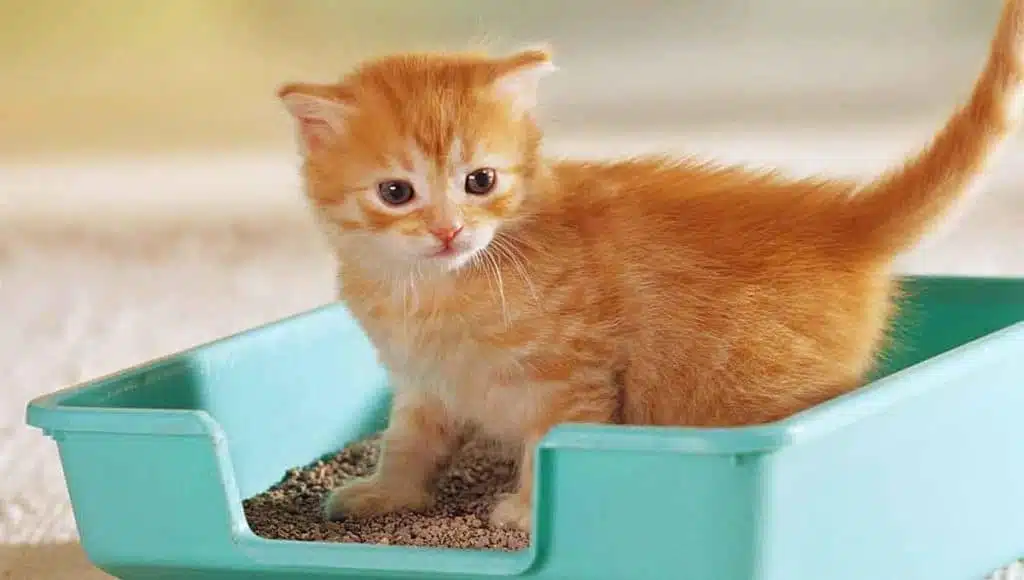
Bringing a new kitten home is an exciting experience, but it also comes with PetsSeek responsibilities—one of the most immediate being litter training. Fortunately, kittens naturally want to bury their waste, making them much easier to train than many other pets. With a few smart strategies and consistent efforts, you can litter train your kitten quickly and without much stress. The key is understanding their instincts, setting up the environment properly, and maintaining a positive and patient approach.
Understanding Natural Litter Box Behavior
Kittens are born with the instinct to bury their waste, which is why many begin using a litter box with little encouragement. In the wild, cats cover their waste to avoid attracting predators and to keep their territory clean. Domestic kittens inherit this behavior, and most will learn from their mothers by watching them use the litter box.
If you’ve adopted a kitten that is at least eight weeks old, chances are they’ve already seen or started using a litter box. However, even if they haven’t, their natural instincts can be guided easily with the right setup and gentle encouragement. Litter training is not about forcing behavior, but about creating an environment where the kitten naturally wants to go.
Setting Up the Right Litter Box
The speed at which a kitten learns to use the litter box depends heavily on the litter box setup. Start by choosing a litter box that is shallow enough for your kitten to enter easily. High-sided boxes might be intimidating or difficult for young kittens to access. You may need to start with a small, low-sided pan until the kitten grows a bit larger.
Location is another important factor. Place the litter box in a quiet, private area where your kitten can feel safe. Avoid placing it near food or water dishes, as cats prefer to keep their elimination area separate. If you have a large home, consider placing multiple litter boxes in different areas so the kitten never has far to go.
Cleanliness is also critical. A dirty box can deter a kitten from using it, so make sure to scoop waste out at least once a day and clean the entire box with mild soap and water weekly. Avoid strong-smelling cleaners, which can deter your kitten from returning to the box.
Choosing the Right Litter
The type of litter you use plays a big role in how quickly your kitten adapts. Unscented, clumping litter is often the best choice because it closely resembles natural soil and sand, which cats prefer. Strongly scented litters or those with unusual textures may be off-putting to a sensitive kitten.
You may need to experiment slightly to find the type of litter your kitten prefers. If the kitten refuses to use the litter box, try switching to a different type gradually by mixing it with the current one over several days. Most kittens will settle on a litter type quickly once they associate it with a positive experience.
Introducing the Kitten to the Box
When you first bring your kitten home, introduce them to the litter box immediately. Place them inside the box and gently scratch their paws in the litter. This mimics the burying motion and helps them understand the purpose of the box. After naps, meals, or playtime, gently place the kitten in the litter box again, especially if they begin to show signs of needing to go, such as sniffing, circling, or crouching.
It’s important to supervise your kitten during the first few days. If they start to eliminate outside the box, gently pick them up and place them in the box immediately. Never scold or punish a kitten for accidents, as this creates fear and confusion. Instead, focus on positive reinforcement and calm redirection.
Reinforcing Good Habits
Consistency is the fastest route to success. Every time your kitten uses the litter box correctly, offer gentle praise or affection. While you don’t need to use food treats, positive attention reinforces the behavior. Make sure the box remains accessible at all times, especially if your kitten is confined to a smaller space while adjusting to their new home.
Accidents should be cleaned thoroughly using an enzymatic cleaner to eliminate odors that may encourage repeat behavior in the same spot. If a kitten repeatedly uses a certain area outside the box, consider placing a litter box there temporarily to reset the habit. Once the behavior is consistent, the box can be gradually moved to a more permanent location.
Dealing With Setbacks
Sometimes, even the best-trained kittens have setbacks. Stress, illness, or changes in the environment can trigger litter box avoidance. If a kitten suddenly stops using the litter box after previously having success, it’s important to assess the situation calmly. Make sure the box is clean, easily accessible, and hasn’t been moved to a confusing location.
If everything appears normal in the environment, consider a veterinary visit to rule out medical issues such as urinary tract infections or digestive problems, which can cause accidents. Behavioral setbacks can usually be corrected by reinforcing training and making the litter box the most appealing option.
When Living With Other Pets
If you have other cats or pets in the home, your kitten might feel intimidated or unsure about using a shared litter box. In multi-cat households, the rule of thumb is to have one box per cat, plus one extra. This ensures that each cat feels they have their own space and reduces the chance of territorial disputes.
It’s best to provide your new kitten with their own litter box at first, especially during the transition period. As they become more confident and comfortable, shared usage may become more acceptable, but early training works best with minimal competition or stress.


